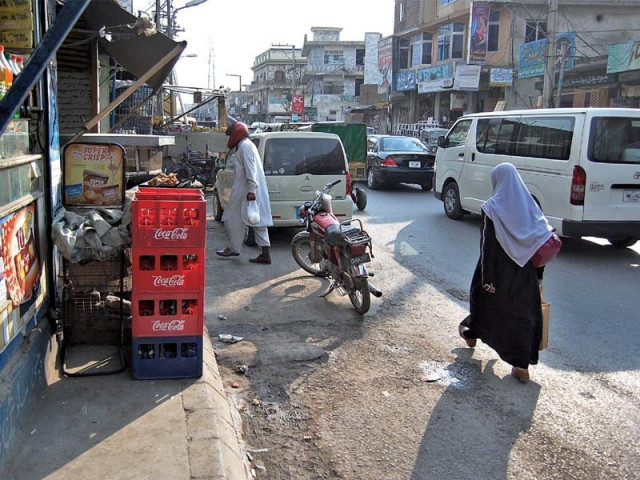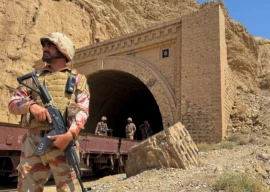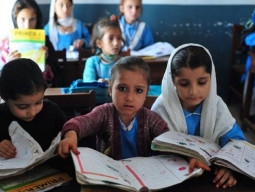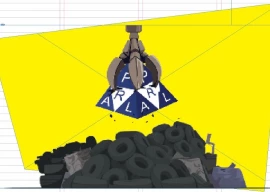
In crowded markets, shopkeepers and hawkers encroach on the pavement. Without a footpath to walk on, it takes a lot of skill to weave through the assorted obstructions to get to one’s destination.
“I think it has gone from bad to worse, especially in Raja Bazaar and the surrounding area. There is no place to park the increasing number of cars, so they block the footpath. Pedestrians who want to use the footpath face obstructions because of vendors who set up everything from second-hand garments to tea stalls on the pavement,” said Ahmad Kamal, a customer in Bara Market. Even in residential areas, if there are any footpaths, they have been encroached upon.
“You can’t even see the footpath as every inch is covered with merchandise. You can barely walk on them except those that have been recently paved,” said Ashraf Hussain, a customer in Kashmiri Bazaar.
Footpaths have not been factored into planning, which is why there are so few of them, said Nasira Khanum, owner of a beauty parlour. “I can’t walk from my house in Chaklala Scheme III to Commercial Market as there is no pavement on either side of Imran Avenue.”
Asim Ali, another person walking on the road, said, “Auto workshops have encroached on the road like near National Market and shopkeepers have occupied whatever footpaths there are on Saidpur Road.”
“When footpaths are cleared by force, vendors return after a short break. Even widening roads has proved to be of little use as encroachers are quick to set up shop,” said Shabbir, a hawker outside Benazir Hospital.
Walking has become an ordeal in itself. Civic agencies frequently dig up footpaths, strewing mud and rocks everywhere for days on end, said Ghulam Ali, who walks every day to his shop in Marir from Moti Mahal. “A classic example is dumping construction material like bricks, sand and iron rods on the roads.”
“I find it shocking that we have to walk on the road at the risk of being run over by vehicles. There has, to date, been no specific focus on problems faced by pedestrians or steps to solve them,” he added.
Muhammad Riaz Butt, an electrician, recalled the past, when the city was less populated. “In those days since there was little traffic and we had no problem walking long distances. I used to walk from my house near Banni Chowk to Pindora Chungi when the area had not been commercialised.”
Published in The Express Tribune, November 12th, 2012.
1732951088-0/Untitled-design-(11)1732951088-0-270x192.webp)
















COMMENTS
Comments are moderated and generally will be posted if they are on-topic and not abusive.
For more information, please see our Comments FAQ